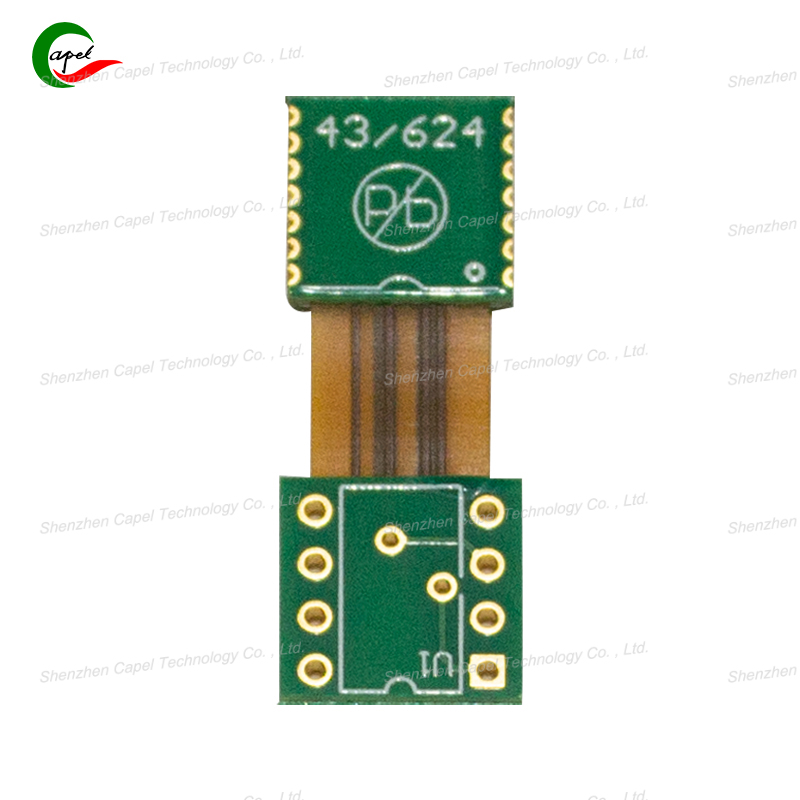Rigid-Flex PCBs: Soft and Hard—What’s Actually Great About Them?
Date: 2025-09-27
If you’ve ever wondered how your wireless earbuds fit tiny circuits that don’t break when you twist them, or how a car’s dashboard packs both stiff, stable parts and bendable wires—rigid-flex PCBs are the secret. They’re half rigid (like the tough part of a computer motherboard) and half flexible (like the bendy stuff in a smartwatch). But why is “both soft and hard” a big deal? No tech jargon—just real perks you can actually see.
First, they save space (a lot of it). Think about a traditional device: You’d need a rigid PCB for the main chips (they need stability) and separate flexible wires to connect to parts that move (like a phone’s folding screen). Rigid-flex combines both into one board. For example, a fitness tracker uses a rigid-flex PCB: The rigid part holds the battery and sensor (no wiggling!), while the flexible part bends around your wrist. No extra wires, no messy connections—just a slimmer device.
Second, they’re way more durable. Traditional setups with separate rigid PCBs and wires have weak spots: the connectors where wires attach to the board. Those connectors break easily if you drop the device or move it a lot. Rigid-flex has no such weak spots—since the rigid and flexible parts are one piece. A drone’s flight controller uses this: It flies through wind and bumps, but the rigid-flex PCB never loses connection between the rigid chip part and the flexible motor wires.

Third, they make devices easier to build (and cheaper, too). When you use separate rigid boards and wires, you have to manually solder the wires to the boards—more steps, more chance of mistakes. Rigid-flex comes ready to go: The rigid and flexible parts are pre-connected. Phone manufacturers love this—they can assemble devices faster, with fewer defects. And fewer parts mean lower costs (good for both brands and you, the buyer).
Last, they fit weird shapes. A lot of modern devices aren’t just flat rectangles—think of a foldable phone, a curved smartwatch, or a medical device that wraps around a limb. Rigid-flex bends where it needs to and stays stiff where it should. A VR headset’s eye-tracking module uses this: The rigid part holds the delicate camera, while the flexible part curves around the headset’s frame—no awkward wires sticking out.
So, to sum up: Rigid-flex PCBs aren’t just “both soft and hard”—they make devices slimmer, tougher, cheaper to build, and able to fit into the cool, curved designs we love. They’re why our favorite gadgets work better (and look better) than ever.
related link: